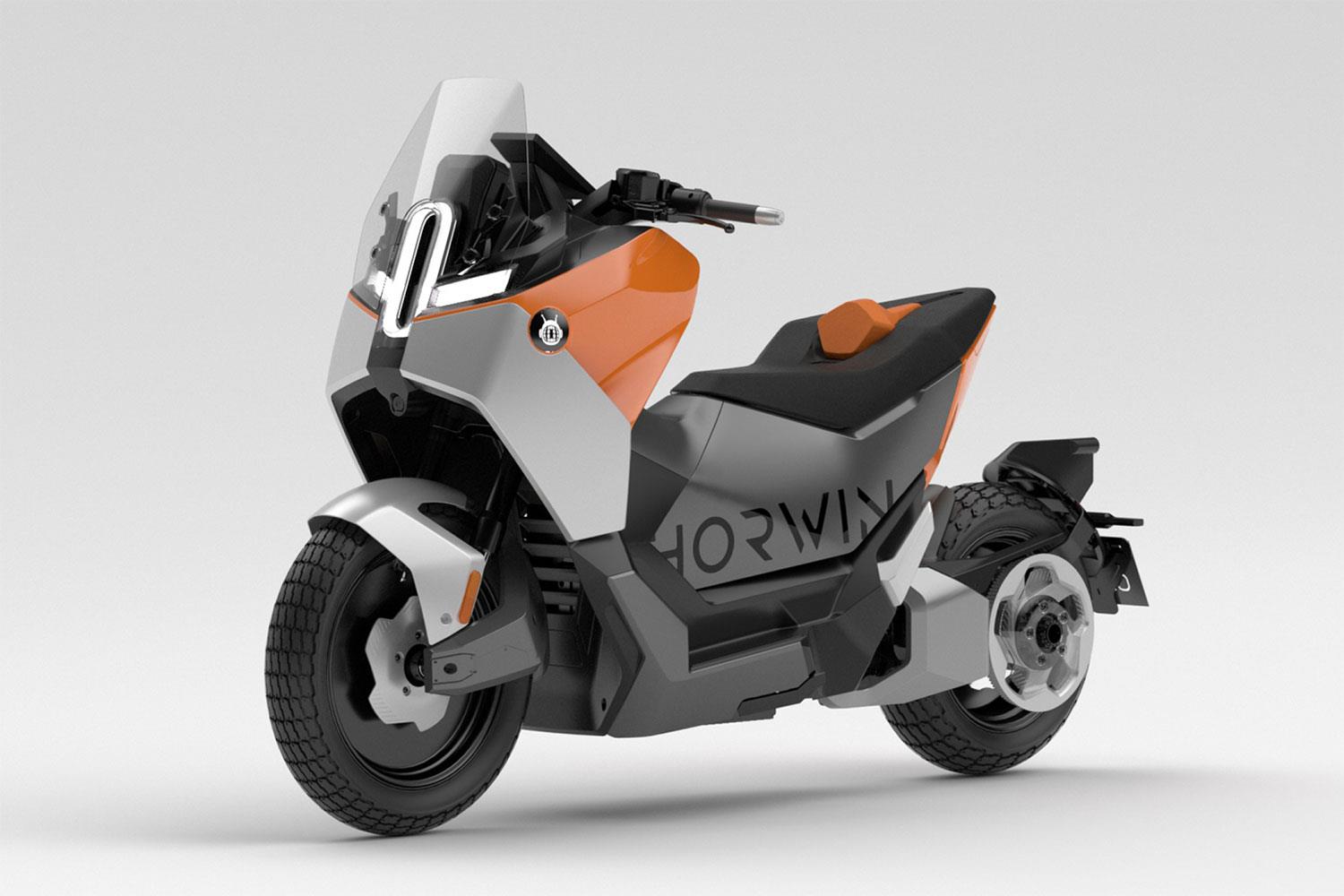Rev Up Your Automotive Public Relations Strategy How to Drive Success in the Digital Age
In the fast-paced digital age, the automotive industry is constantly evolving, and so is the way we communicate. As a result, automotive public relations need to adapt to effectively reach and engage with target audiences. In this article, we delve into the key tactics and techniques that will help you rev up your automotive public relations strategy and drive success in the digital age.
From traditional media relations to social media campaigns, we explore the various avenues through which automotive brands can connect with their customers and enhance their brand image. With the competition becoming fiercer than ever, it’s essential to stay ahead of the game by leveraging the power of digital media.
Our comprehensive guide will walk you through the best practices for creating compelling press releases, maximizing media coverage, harnessing the potential of social media influencers, and implementing data-driven analytics to measure your success.
Whether you’re a well-established automotive brand or a budding start-up, this article will equip you with the knowledge and tools needed to navigate the digital landscape and drive success in today’s competitive automotive industry.
The Importance of Automotive Public Relations in the Digital Age
Contents
- 1 The Importance of Automotive Public Relations in the Digital Age
- 2 Key Components of a Successful Automotive PR Strategy
- 3 1. Understanding Your Target Audience and Their Media Consumption Habits
- 4 2. Building Relationships with Journalists and Influencers in the Automotive Industry
- 5 3. Creating Compelling Press Releases and Content
- 6 Harnessing the Power of Social Media in Automotive PR
- 7 Choosing the Right Social Media Platforms
- 8 Developing a Consistent Brand Voice and Tone
- 9 Engaging with Your Audience and Influencers
- 10 Implementing Data-Driven Analytics to Measure Success
- 11 Setting Measurable Objectives and Key Performance Indicators (KPIs)
- 12 Utilizing Analytics Tools and Platforms
- 13 Adapting and Iterating Based on Data Insights
In the digital age, where information is readily available at our fingertips, automotive public relations plays a crucial role in shaping the perception of automotive brands and connecting with target audiences. With the rise of social media and online platforms, consumers have become more empowered and vocal about their preferences and expectations.
Automotive brands need to understand the significance of effective public relations in building brand reputation, managing crises, and ultimately driving sales. Public relations acts as a bridge between the brand and its target audience, ensuring that the right messages are delivered through the right channels.
With the increasing competition in the automotive industry, a solid public relations strategy can give brands a competitive edge by establishing trust, creating positive brand associations, and maintaining a strong presence in the media landscape. By effectively managing their public image and engaging with stakeholders, automotive brands can shape narratives and influence public opinion.
In the digital age, where brand loyalty can be easily swayed by online reviews and social media conversations, automotive public relations firm has become more important than ever. It allows brands to tell their story, connect with their customers on a deeper level, and differentiate themselves from the competition.
Key Components of a Successful Automotive PR Strategy
To drive success in the digital age, automotive brands need to develop a comprehensive public relations strategy that encompasses various key components. Here are the essential elements to consider:
1. Understanding Your Target Audience and Their Media Consumption Habits
Before crafting your public relations strategy, it’s crucial to have a deep understanding of your target audience and their media consumption habits. Conduct thorough market research to identify your customers’ demographics, interests, and preferences. This will help you tailor your messaging and select the most effective channels to reach and engage with your target audience.
Consider the platforms your target audience frequents, whether it’s social media platforms like Instagram and Twitter or traditional media outlets like newspapers and magazines. By understanding their media consumption habits, you can optimize your PR efforts and allocate resources where they will have the most impact.
Building buyer personas can be a helpful exercise in identifying the specific needs and desires of your target audience. This will allow you to create targeted and personalized communications that resonate with your customers.
2. Building Relationships with Journalists and Influencers in the Automotive Industry
One of the core pillars of a successful automotive PR strategy is building relationships with journalists and influencers in the industry. These individuals have a significant impact on shaping public opinion and can amplify your brand’s reach through their networks.
Invest time and effort in establishing connections with journalists who cover the automotive industry. Attend industry events, engage with them on social media, and provide them with valuable insights and story ideas. Building genuine relationships based on trust and mutual benefit can result in increased media coverage and positive brand mentions.
In addition to traditional media, influencers play a crucial role in the digital age. Identify influencers who have a strong presence in the automotive niche and collaborate with them to promote your brand. This can range from sponsored content to influencer partnerships and can significantly expand your brand’s visibility and credibility among your target audience.
3. Creating Compelling Press Releases and Content
Press releases are a staple in automotive public relations, serving as a formal announcement or statement from the brand. However, in the digital age, it’s essential to go beyond the traditional press release and create compelling content that captures attention and engages your target audience.
Craft press releases that are concise, informative, and tailored to the interests of the media outlets you are targeting. Utilize storytelling techniques to make your press releases more engaging and relatable. Incorporate multimedia elements such as images and videos to enhance the visual appeal and shareability of your content.
Beyond press releases, focus on creating valuable and shareable content that educates, entertains, or inspires your target audience. This can include blog articles, videos, infographics, and social media posts. By providing valuable content, you can position your brand as a thought leader in the automotive industry and build trust with your audience.
Harnessing the Power of Social Media in Automotive PR
Social media has revolutionized the way we communicate and connect with others, and it has also transformed the landscape of automotive public relations. To drive success in the digital age, automotive brands must harness the power of social media and leverage its potential to engage with their target audience.
Choosing the Right Social Media Platforms
Not all social media platforms are created equal, and it’s important to choose the ones that align with your brand’s objectives and target audience. Conduct research to identify the platforms where your target audience is most active and engaged. This will allow you to focus your efforts and resources on platforms that will yield the best results.
For example, if your target audience consists of younger demographics, platforms like Instagram and TikTok may be more effective in reaching and engaging with them. On the other hand, if your audience is more professional and business-oriented, platforms like LinkedIn may be a better fit.
Developing a Consistent Brand Voice and Tone
Consistency is key when it comes to building a strong brand presence on social media. Develop a consistent brand voice and tone that aligns with your brand’s values and personality. This will help create a cohesive and recognizable brand identity across all social media platforms.
Define your brand’s unique selling proposition (USP) and use it as a guiding principle for your social media content. This will ensure that your messaging is consistent and resonates with your target audience. Incorporate the use of relevant hashtags and keywords to increase the discoverability of your content and expand your reach.
Engaging with Your Audience and Influencers
Social media is a two-way communication channel, and it’s important to actively engage with your audience and influencers. Respond to comments, messages, and mentions in a timely and personalized manner. This shows that you value and appreciate your audience’s engagement, fostering a sense of loyalty and connection.
Collaborate with influencers in the automotive industry to amplify your brand’s reach and credibility. This can range from sponsored posts to influencer takeovers and collaborations. By partnering with influencers who align with your brand values and have a strong following, you can tap into their audience and drive awareness and engagement.
In addition to influencers, encourage user-generated content by running contests or campaigns that encourage your audience to create and share content related to your brand. User-generated content not only provides social proof but also increases brand advocacy and loyalty.
Implementing Data-Driven Analytics to Measure Success
In the digital age, data is a powerful tool that can help optimize and measure the success of your automotive PR efforts. By implementing data-driven analytics, you can gain valuable insights into the effectiveness of your strategies and make informed decisions to drive success.
Setting Measurable Objectives and Key Performance Indicators (KPIs)
Before diving into data analysis, it’s important to set measurable objectives and key performance indicators (KPIs) that align with your overall PR goals. This will provide a clear framework for measuring success and tracking progress.
Identify the metrics that are most relevant to your objectives. This can include media mentions, website traffic, social media engagement, lead generation, or sales. By defining specific KPIs, you can track and evaluate the impact of your PR efforts and make data-driven adjustments as needed.
Utilizing Analytics Tools and Platforms
There are various analytics tools and platforms available that can help you gather and analyze data related to your automotive PR efforts. Platforms like Google Analytics provide valuable insights into website traffic, user behavior, and conversions. Social media platforms also offer their own analytics tools that can provide insights into engagement, reach, and audience demographics.
Invest time in understanding and utilizing these tools to extract meaningful data that can inform your PR strategy. Monitor your KPIs regularly and analyze the data to identify trends, patterns, and areas for improvement. Use these insights to optimize your messaging, content, and channel selection for better results.
Adapting and Iterating Based on Data Insights
Data-driven analytics should not be a one-time exercise but an ongoing process. Continuously monitor and analyze your data to identify what’s working and what’s not. Adapt your strategies based on the insights gained and iterate your approach to drive continuous improvement.
By embracing a data-driven approach, you can make informed decisions, optimize your PR efforts, and drive success in the digital age.
In the digital age, automotive public relations is more important than ever in shaping brand perception, connecting with target audiences, and driving success in the competitive automotive industry. By understanding your target audience, building relationships with journalists and influencers, creating compelling content, harnessing the power of social media, and implementing data-driven analytics, you can rev up your automotive PR strategy and navigate the digital landscape with confidence.
Whether you’re a well-established automotive brand or a budding start-up, the key is to adapt to the changing landscape and leverage the power of digital media to enhance your brand image and connect with your customers. By staying ahead of the game and embracing new technologies and techniques, you can drive success and stay at the forefront of the automotive industry in the digital age.


